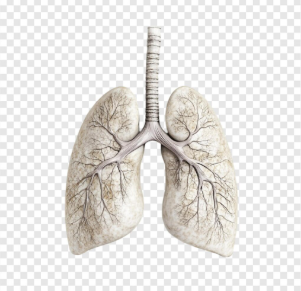
How a Primary Care Physician Shapes Lifelong Wellness
The Building Blocks of Community Care
Hospitals don’t build a strong front line of healthcare. It’s made quietly in exam rooms, year after year, when patients see the same doctor who knows their history. Preventive visits aren’t just nice to have; they are the statistical way to avoid expensive hospital stays. According to CDC data, communities that have more annual wellness exams see a clear drop in avoidable admissions. Continuity of care is better than sporadic intervention. Stability leads to understanding.
Changing the Family Physician’s Tools
A modern doctor has to do more than just use a stethoscope and run blood tests. When someone has an acute condition, they need to act quickly and decisively. Chronic illnesses, such as heart disease, necessitate continuous supervision. Mental health screenings are now just as important as physical exams. Patient education is an ongoing negotiation between medical science and personal drive. It’s important to learn how to communicate clearly and flexibly, and it’s also important to work together across fields until the pieces fit. A family doctor today is a strategist, an interpreter, and an advocate.
Preventing problems with a primary care doctor
Screening schedules based on evidence are not just ideas; they are lifelines. Every year, blood pressure is checked. Age-specific cancer markers that show up before symptoms do. No excuses were made for keeping up with vaccinations. A primary care doctor who follows these guidelines keeps patients from having to deal with pain and insurance companies from having to pay for things they don’t need. Early treatment takes away the disease’s edge and gives it to the patient.
Customizing Help for Long-Term Conditions
Chronic care is not a set of rules that never change. A diabetic’s diet changes based on lab results. After making changes to your lifestyle, you may need to adjust your medications to control your high blood pressure. Plans for asthma change based on the weather and the season. Individualized paths need to be looked at again, criticized, and changed. This needs an active network: nutritionists improving diets, physical therapists bringing back function, and specialists fine-tuning details. Keeping track of milestones and going over prescriptions are maintenance tasks that stop crises from happening.
Using Technology in Regular Check-Ins
Telehealth takes location out of the equation. Living rooms become diagnostic zones with remote monitoring devices. Patient portals make it easy to send updates and refill requests with accuracy. Digital integration makes patients more likely to follow through because they can see data in real time and act on it. Early warning signs let doctors know about problems before they get worse. Security is not up for discussion, and the only way to keep data safe is to follow strict rules for transferring it.
Building Trust Through Working Together
Checklists on a clipboard don’t help you build rapport. It grows in the rhythm of active listening, the fairness of making decisions together, and the respect for cultural differences. Trust changes what happens. A patient who is guarded hides their symptoms. A self-assured one shows them early. One patient, who had trouble taking her medication regularly, was able to keep her blood sugar levels stable after her doctor took the time to talk to her about her personal problems without judging her.
Putting the Family Medicine Doctor Link in place
Setting up regular wellness exams is more than just following the rules. It is your base for preventive care. When you find a family medicine doctor, you get personalized advice that is right for where you are in life at each check-in. Make these visits the most important part of your health plan by booking them ahead of time instead of waiting until you need them.
Working together all the time to make sure healthy futures
Prevention, chronic oversight, digital integration, and trust are all connected. They are connected to each other in a way that can support health and happiness for decades. Strong relationships between patients and doctors keep things moving. Make your regular visits a priority, set clear health goals, and hold yourself accountable. Wellness doesn’t come and go. People can pass it on from one generation to the next.











